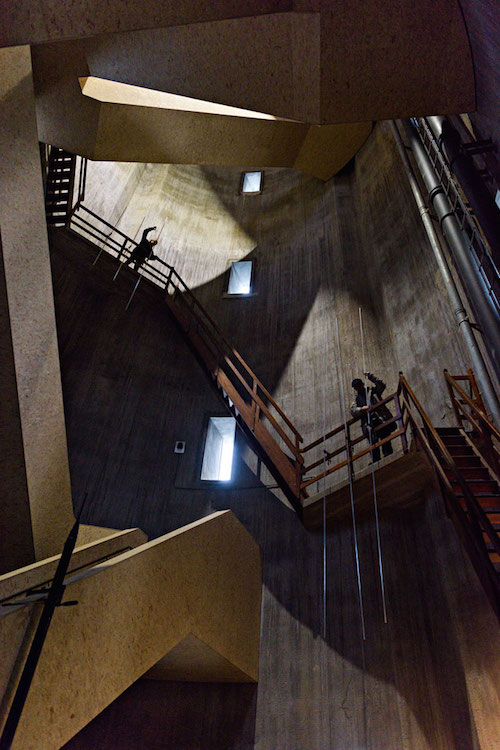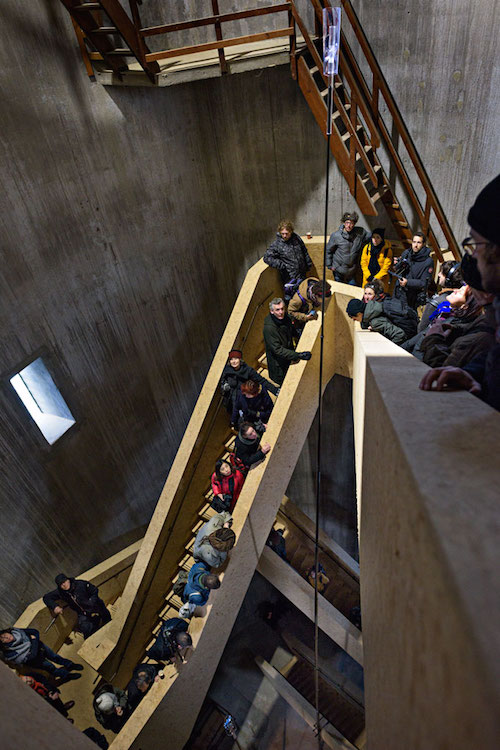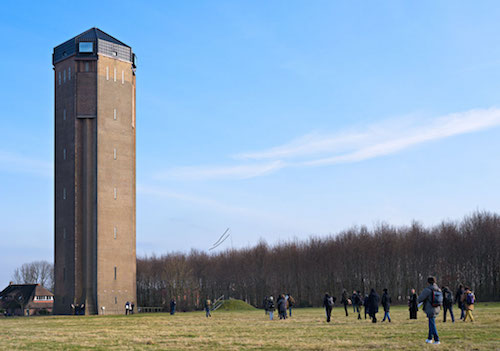Vertical Studies at Sonic Acts
 Monday, February 6, 2017 at 19:30 tagged
Monday, February 6, 2017 at 19:30 tagged  altitude,
altitude,  architecture,
architecture,  instruments,
instruments,  sonicacts,
sonicacts,  sound,
sound,  soundart,
soundart,  soundscape,
soundscape,  soundscapes,
soundscapes,  vertical
vertical 


 Monday, February 6, 2017 at 19:30 tagged
Monday, February 6, 2017 at 19:30 tagged  altitude,
altitude,  architecture,
architecture,  instruments,
instruments,  sonicacts,
sonicacts,  sound,
sound,  soundart,
soundart,  soundscape,
soundscape,  soundscapes,
soundscapes,  vertical
vertical 


 Wednesday, April 20, 2016 at 17:08 tagged
Wednesday, April 20, 2016 at 17:08 tagged  field,
field,  mapping,
mapping,  research,
research,  soundscape,
soundscape,  soundscapes,
soundscapes,  urban
urban 

 Tuesday, April 8, 2014 at 10:42 tagged
Tuesday, April 8, 2014 at 10:42 tagged  applied,
applied,  cars,
cars,  soundscapes
soundscapes  As cars become more and more silent, the question “what should cars sound like?” becomes more and more relevant. Already back in 2009 this was a question with the then evident success of the hybrid car, see this post.
As cars become more and more silent, the question “what should cars sound like?” becomes more and more relevant. Already back in 2009 this was a question with the then evident success of the hybrid car, see this post.
We’ve also seen the project Play the Road recently - which is focused more on making music than making the city a nicer place.
Sonic Movement however, is a collaboration between Semcon, who have been developing automotive solutions for quite a while, creative director Fernando Ocana and hybrid designer James Brooks, and music/art duo Holly Herndon and Mathew Dryhurst. The project aims to make the car sound in harmony with the rest of the city, which is a great aim, if you ask me. Like they state in the video:
“While our cities are in continuous visual and tactile evolution, our sonic landscape is primitive and disordered. With the dawn of silent electric vehicles comes a need for pedestrian warning sounds. This represents an opportunity to reflect upon the noise of our streets today and fantasize on what the future of our cities could sound like.”
I’m particularly amazed by the way they were able to tackle safety, took the surroundings into consideration, and made it musical. Would love to hear this in action, and to know more about the underlying technicalities!
 Friday, March 14, 2014 at 10:16 tagged
Friday, March 14, 2014 at 10:16 tagged  data,
data,  measurement,
measurement,  soundscapes
soundscapes Back in January we saw the Stereopublic project, which crowdsourced the quiet, and used it as an inspiration for short musical pieces as well. The URB project in Porto, Portugal takes a more academic approach, very carefully measuring and analysing the urban soundscape.

URB is a soundscape storage and analysis system idealized by José Alberto Gomes and developed in partnership with Diogo Tudela. URB’s goal is to keep record of the sonic profile of Porto, allowing researchers and artists to use the dataset freely within their own projects.
Using four Raspberry Pi’s equipped with a soundcard and an electret mic spread throughout the city, URB constantly listens to the environment and stores sonic features in an on-line public database. See the map above for where they placed the listening spots.
The datasets are freely available online, but you can also navigate them using URB XY, a data visualisation tool by Diogo Tudela. It’s interesting to see the differences between day and night, for example. Analysed properties like amplitude, zero-crossings, irregularity, spectral centroid, etc. are all very easily viewable and the tool is great to get a grip on the urban soundscape.
What I really like about this is that the data can be used for multiple purposes. From giving the government insight on noise pollution in a city and using this info in city planning, to artistic purposes. Which is exactly what the We The Citizens project (above) is about; using the data from the URB-system in artistic ways to make the audience aware of the sound ecology of the city. I hope this’ll happen in more cities, as most citizens are still unaware of the effects of noise pollution and sound ecology.
 Thursday, January 23, 2014 at 23:51 tagged
Thursday, January 23, 2014 at 23:51 tagged  soundmaps,
soundmaps,  soundscapes,
soundscapes,  soundwalks
soundwalks

In urban areas, silent places where one can enjoy some quietude are getting more and more scarce. There’s a lot of what some might call “noise pollution”, sound harmful to human health and disturbing a balanced life. With cities still getting more crowded and thus louder every year, no wonder that this is quite a hot topic, also with artists. We saw Music for Forgotten Places by composer Oliver Blank last year for example, a project where one can dial a phone number on a sign to hear some music for a silent place in the city, and take a mindful moment in a busy city.
The Stereopublic project is similar in that it is also about taking a moment and listening, but different in the sense that it is built around an app and website, which document the quiet places and pieces composed for these. Not only the artist, but everyone can participate.

Sound artist Jason Sweeney started the Stereopublic project to help create a unique record of different places and make people more aware about their sound environment.
“Stereopublic: crowdsourcing the quiet” is a participatory art project that asks you to navigate your city for quiet spaces, share them with your social networks, take audio and visual snapshots, experience audio tours and request original compositions made using your recordings.
Originally started in Sweeney’s hometown Adelaide, the Stereopublic project is now catching on in other cities, mapping the silent areas around you. When I tried it last year, most cities weren’t open to map, but it seems Sweeney’s now opened the platform to anyone who wants to add a silent space, no matter where you are. Adding a space also means recording 30 seconds of ambience, which means slowing down and actively listening to your surroundings. Last year, 600 quiet spots were added in cities all over the world. In the future, we might just have big cities with dedicated quiet zones.
 Wednesday, November 20, 2013 at 23:53 tagged
Wednesday, November 20, 2013 at 23:53 tagged  forest,
forest,  installations,
installations,  soundscapes
soundscapes 
An audio work and installation based on the moment when an orchestra gets in tune, before a performance. An event that I wish could last forever, which is exactly what ‘Stay Tuned’ is about.
For this installation piece consisting of a multiple speaker setup, Rutger Zuydervelt (better known under his Machinefabriek moniker) asked 150 artists to record an ‘A’, the note an orchestra normally tunes to. Each recorded note has it’s own characteristics, and is part of the whole.

The speakers are spaced so that one can walk through this orchestra of sounds, created by individual speakers emitting one characteristic ‘A’ at the time. Walking through this orchestra, your experience of the piece slightly changes as your proximity from source to source changes.
The piece was presented at Sounds Like Audio Art festival last July in Saskatoon, Canada, as well as at the Into the Great Wide Open festival on Vlieland, the Netherlands. For the latter, speakers were strapped to trees at a spacious spot in the woods. Imagine stumbling upon this installation whilst walking through the forest at sundown. Would be quite the experience.
For more Machinefabriek I can heartily recommend the collaboration with Banabila he recently released: Travelog.
 Thursday, October 7, 2010 at 16:15 tagged
Thursday, October 7, 2010 at 16:15 tagged  architecture,
architecture,  soundscapes,
soundscapes,  visualization
visualization 
Looking at these images, is there a sound that comes to mind? What do shapes and colors do with that sonic image in your mind? Pablo Padilla Jargstorf, the creator of these Visual Soundscapes, calls them “intuitions of visual sound”.
